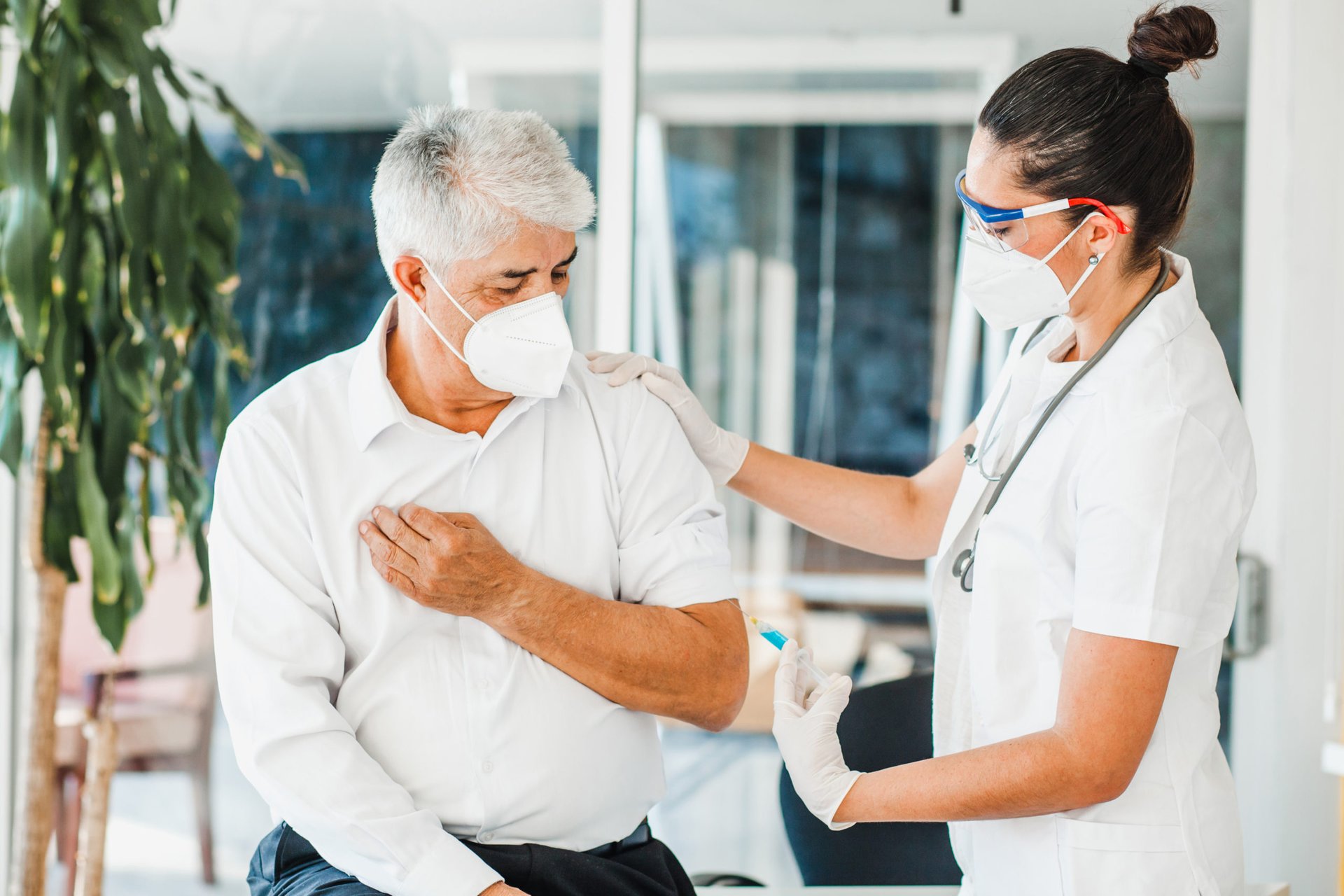
After a year of being locked down in our homes — or more accurately, feeling like we are “locked up” in pandemic prisons — many of us cannot wait to get the coronavirus vaccine.
Reports suggest the vaccine has been remarkably effective in reducing cases of COVID-19, the disease caused by the coronavirus.
In Israel — where vaccination efforts are setting a pace the rest of the world is struggling to match — the nation’s largest health care provider has reported a 94% drop in symptomatic COVID-19 cases among people who received two doses of the Pfizer-BioNTech vaccine.
Here in the U.S., a Johns Hopkins doctor recently wrote in The Wall Street Journal that partially thanks to the success of the vaccine, Americans might be able to return to something approximating normal life as soon as April.
So, the vaccine clearly is making a difference. However, those who receive the preventative may experience some temporary but unpleasant side effects.
The Centers for Disease Control and Prevention has highlighted five such adverse effects that are especially common.
Among those receiving the COVID-19 vaccines from Pfizer-BioNTech or Moderna, the most common side effects — and the percentage of recipients who reported experiencing them — are:
- Headache: 22.4% of recipients
- Fatigue: 16.5%
- Dizziness: 16.5%
- Chills: 14.9%
- Nausea: 14.8%
Women are much more likely than men to report experiencing side effects, with 78.7% of females reporting adverse effects compared to 20.1% of males.
Recipients who are between the ages of 18 and 49 are more likely to report experiencing side effects than people in other age groups. The breakdown by age is as follows:
- Up to the age of 17: 0.2% of recipients
- Ages 18-49: 64.9%
- 50-64: 25.3%
- 65-74: 3.7%
- 75-84: 1.2%
- 85 and older: 1.3%
Why side effects are less likely in the elderly
It is likely that side effects are less prevalent in older recipients because their immune systems do not respond as vigorously as those of younger recipients. That fact should serve as a reminder that while side effects are unpleasant, they also bode well for your future health.
Dr. William Moss, executive director of the International Vaccine Access Center at the Johns Hopkins Bloomberg School of Public Health, told AARP that side effects are “a sign that the immune system is responding to the vaccine.”
He compares the side effects of a vaccine to the muscle soreness some people experience after exercising. Moss tells AARP:
“We are willing to tolerate discomfort in other aspects of our life — many people exercise and have muscle aches afterward, and don’t say, ‘I’m never going to exercise again.’ There are just many aspects of our lives where we need to be willing to make the trade-off of some degree of discomfort for a longer-term gain.”
If you have scheduled an appointment to receive your COVID-19 vaccine, make sure to read “This Simple Mistake Might Weaken Your COVID-19 Vaccination.”





Add a Comment
Our Policy: We welcome relevant and respectful comments in order to foster healthy and informative discussions. All other comments may be removed. Comments with links are automatically held for moderation.